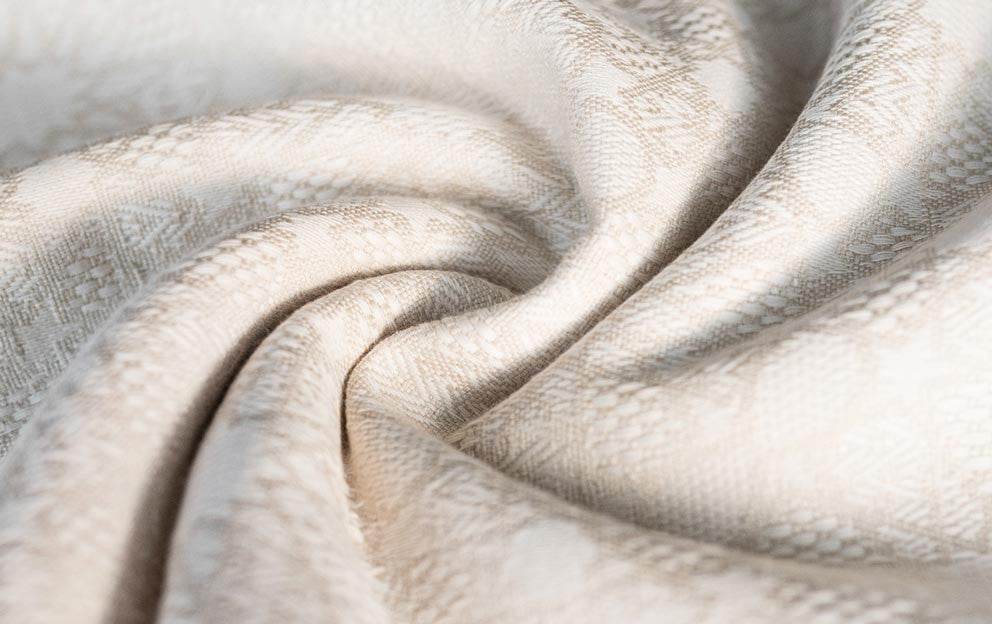
Spinning Out About The Spinning Wheel
We've been preparing a series of blog posts looking into the origins & production of our yarns used for our baby slings and wraps, but first, we're getting back to the basics as we send Vicki off to learn how to spin fibre into yarn by hand.
A spinning wheel has always had something romantic about it for me, maybe from a childhood peppered with fairytales; Rumpelstiltskin spinning straw into gold & Sleeping Beauty lured into pricking her finger on the wheel, so when I saw a Beginners Spinning Class advertised locally I was instantly hooked.
Two hours into the two-day class and I'm not so sure. Certainly, the setting has a touch of the fairytale about it, as we work in what was once the wedding room of the local Council offices, bathed in the warm glow of a real coal fire.
First, we are taught to draft the wool, which involves taking a bundle of previously carded wool and teasing it carefully apart. Once it's thinned out enough it should feed through onto the bobbin, gently twisting into yarn as it goes while my feet pedal, in a controlled fashion, to spin the wheel and pull the yarn through.
But the fibre doesn't gently twist, it corkscrews (which unfortunately has nothing to do with opening a bottle of wine) into great knots meaning it gathers up instead of sliding through with ease.
'As soon as it corkscrews you have to stop and wind the bobbin on by hand,' our tutor Janet intones, many times. I notice my voice is getting shriller as I call on Janet for help, it's not as easy as you would imagine! She adjusts the Scotch tension on the wheel and I wish someone could turn down the tension on this Scot too!
After lunch of homemade soup from the Craft Cafe the corkscrewing declines, instead, the thread begins breaking and flying down the tube which leads to the delicate process of re-threading; gently hooking the yarn and teasing it through. Apparently though - this is all good, as you're making progress if you've moved from corkscrewing to thread busting?!
The afternoon progresses on and finally I have whole minutes at a time when my wheel flies, the yarn gracefully twisting. When I have two bobbins full I slide them onto Lazy Kate. I love the names for spinning technology, I'm going to be using a niddy noddy next! Now the spinning wheel must fly anti-clockwise as the yarns from each bobbin are wound together into two ply. All I have to do is keep peddling my feet - there certainly is reward in perseverance when it comes to handcraft!
The next day things are better as we try out different fibres; some merino, a touch of silk, a length of bamboo. I find I do better with medium staples and there are fewer times when I'm on the verge of giving up!
The workshop is enhanced by our tutor Janet telling us about cycling around Scotland, stopping off to run workshops on the way and knitting what she saw, including the Glenfinnan viaduct made famous in the Harry Potter films. I've always had an understanding, and love, for knitting and crocheting and even though it was a challenge I leave proudly at the end of the weekend with two lengths of, somewhat corkscrewed yarn!
The course was organised by Doreen from http://www.scottishfibres.co.uk and delivered by Janet Renouf-Miller of www.createwithfibre.co.uk
Janet's exhibition of knitting her way around Scotland by bike, 'Knit 1 Bike 1' is currently on display at the Textile Tower House in Hawick.
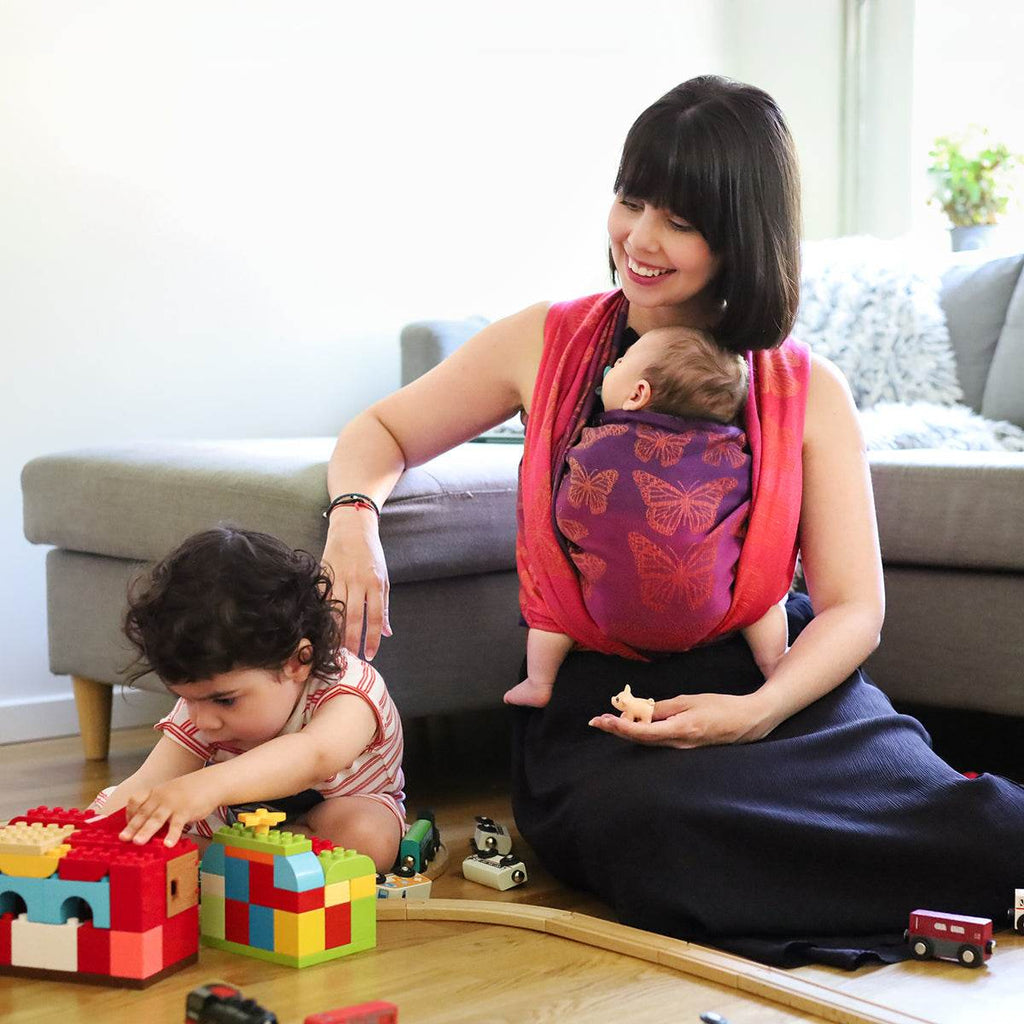
Best Baby Carrier For Newborns 2025
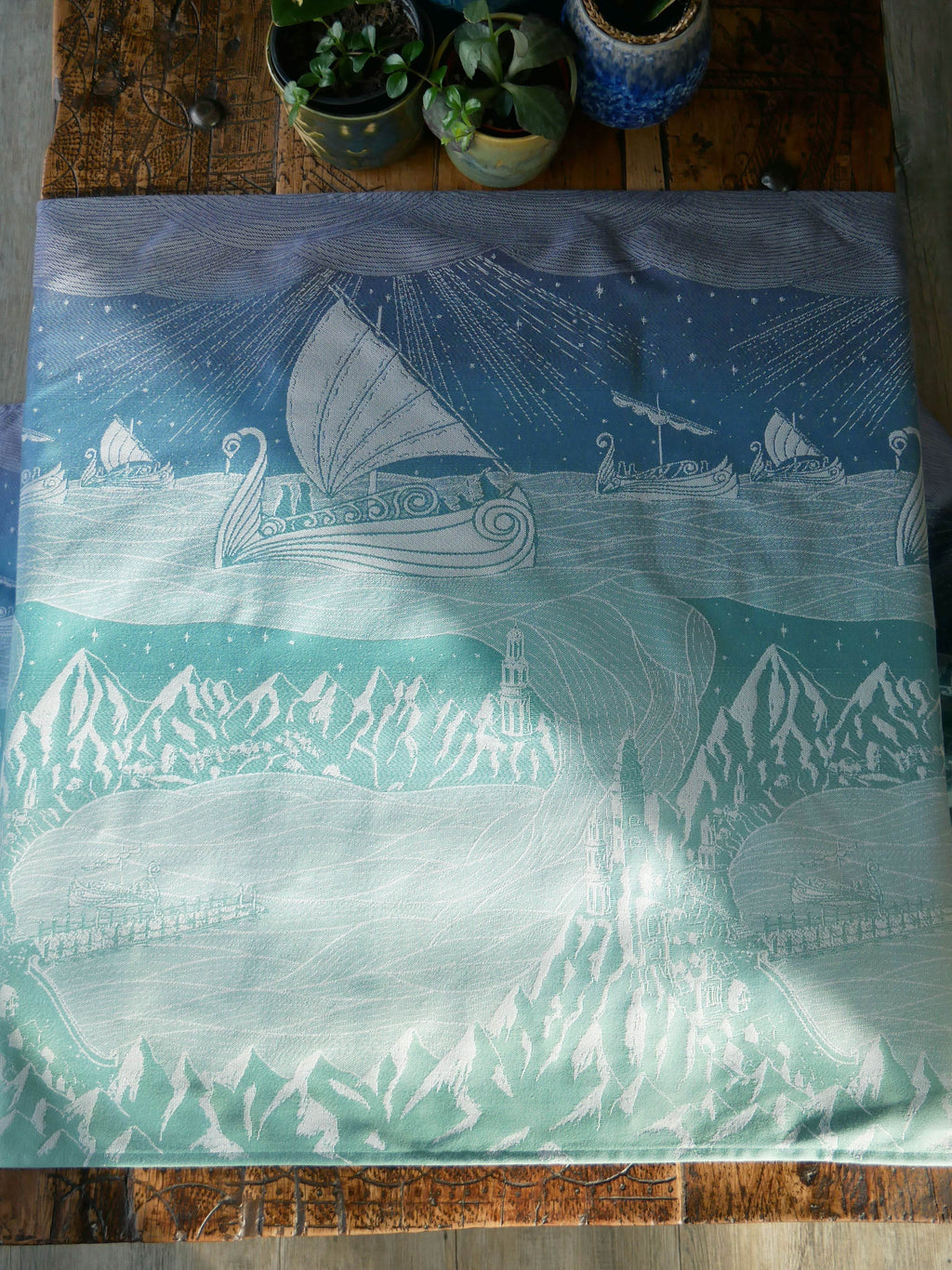
Grey Havens: Oscha Lord of the Rings Design Development
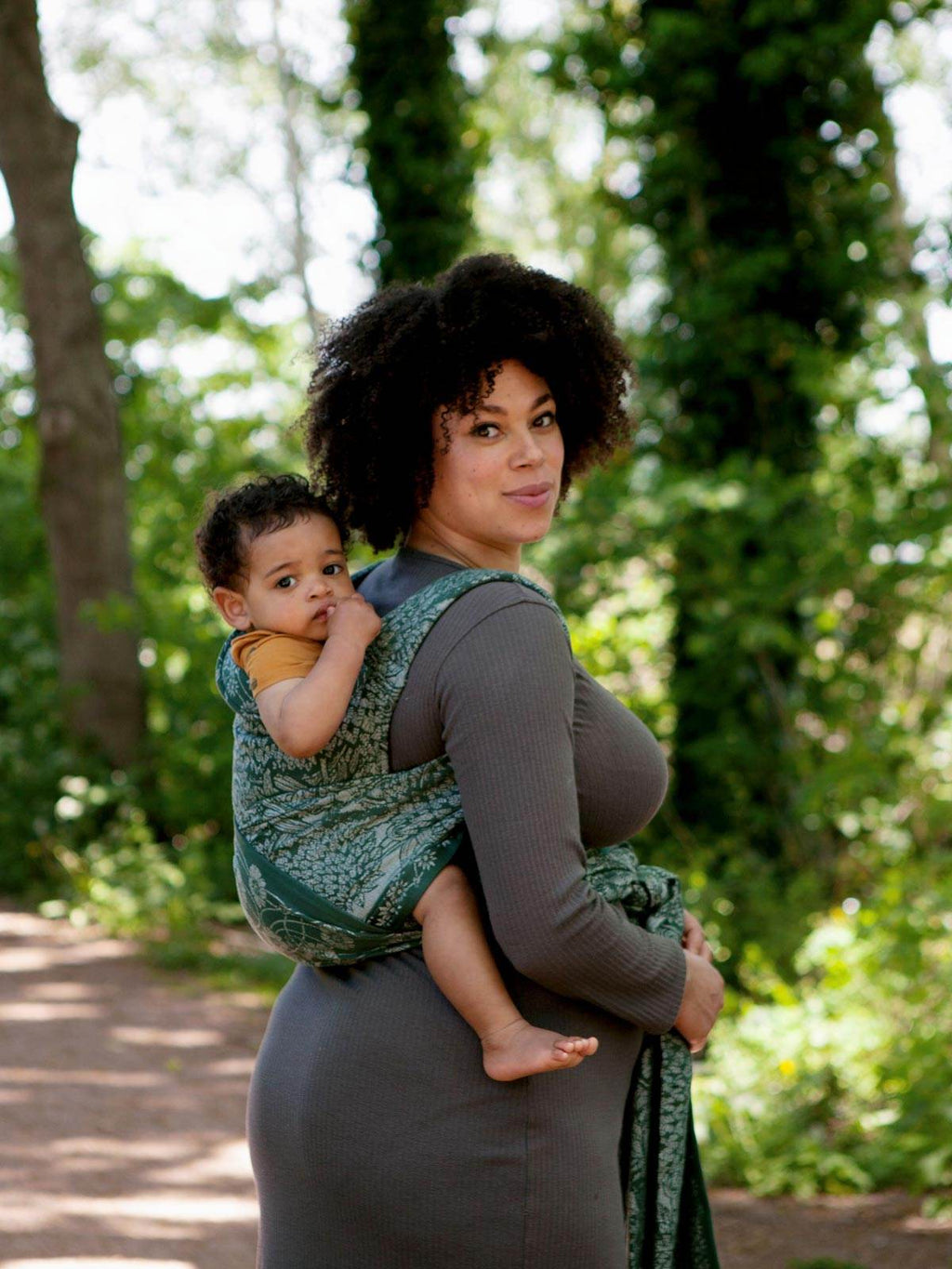
Can Baby Carriers Cause Back Pain?
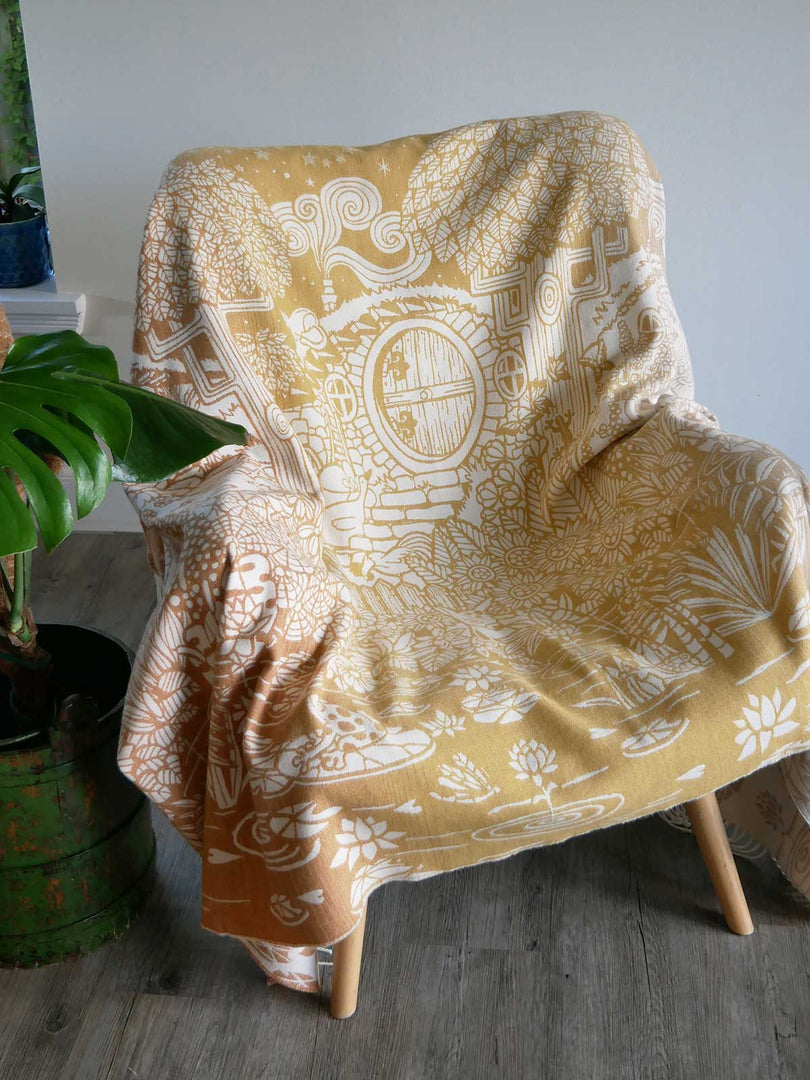

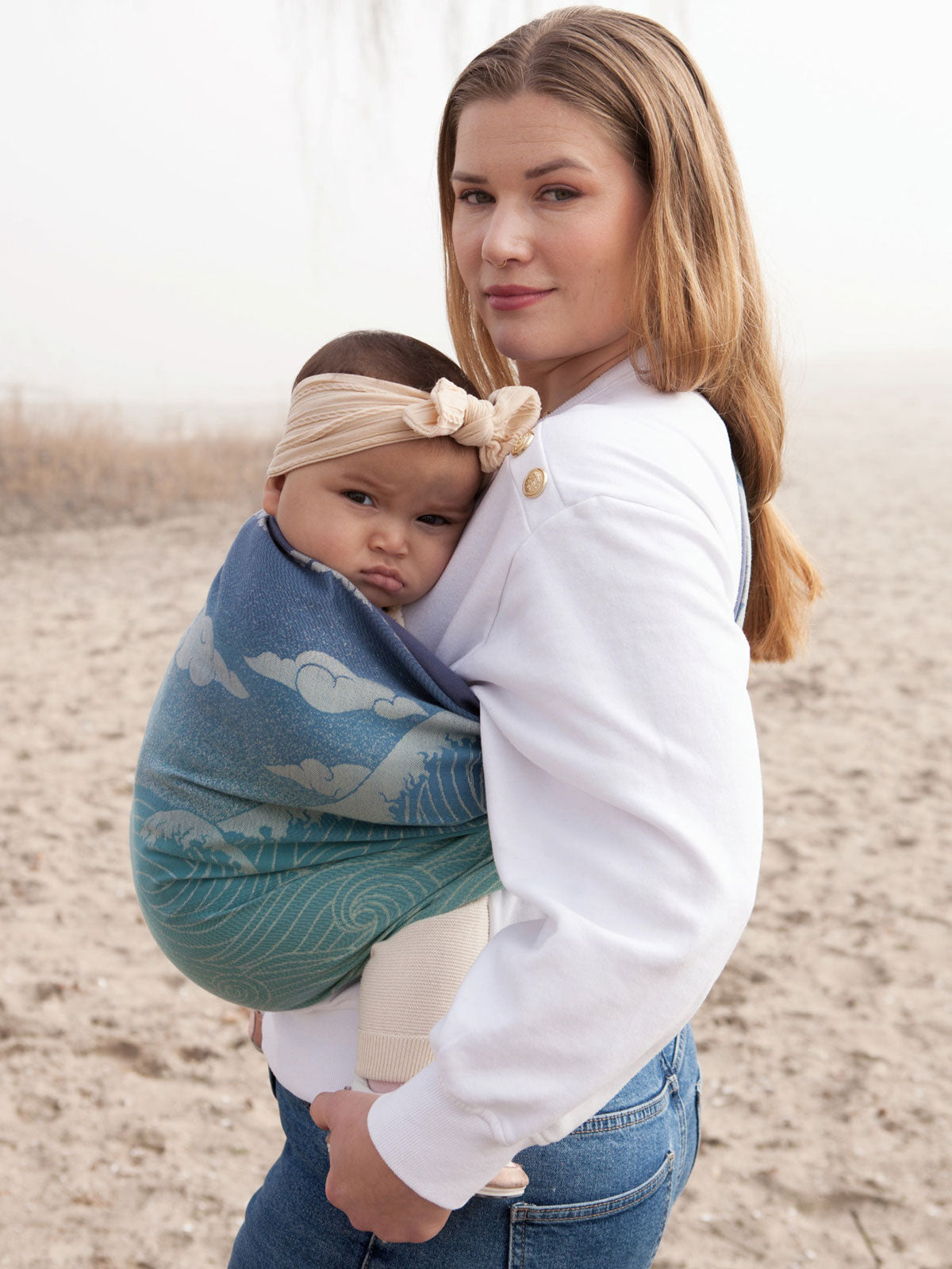
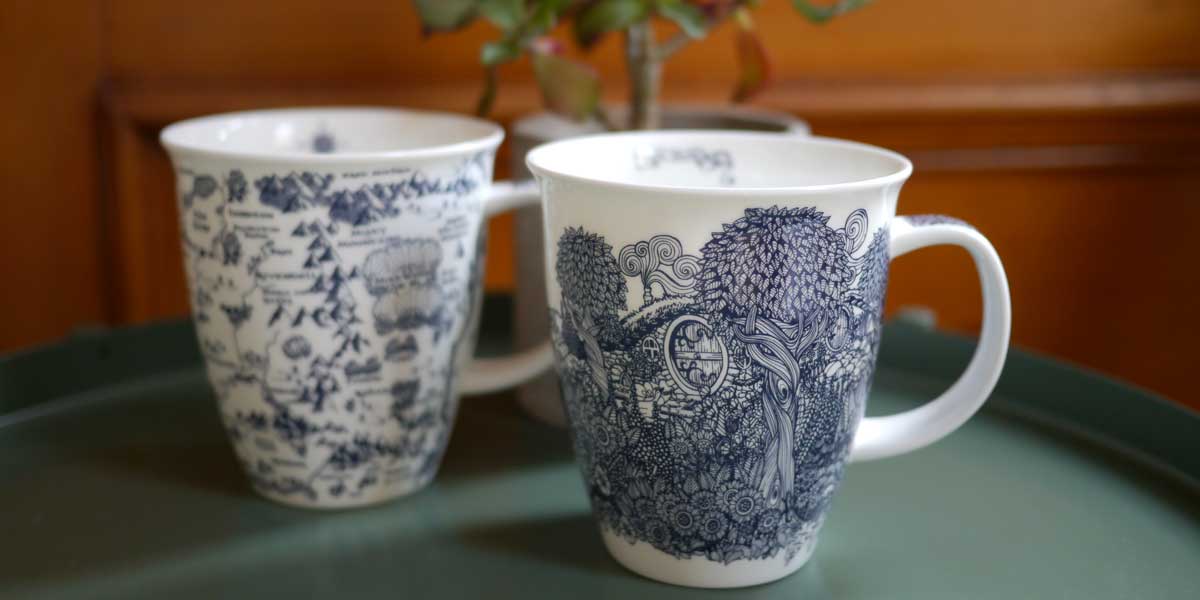
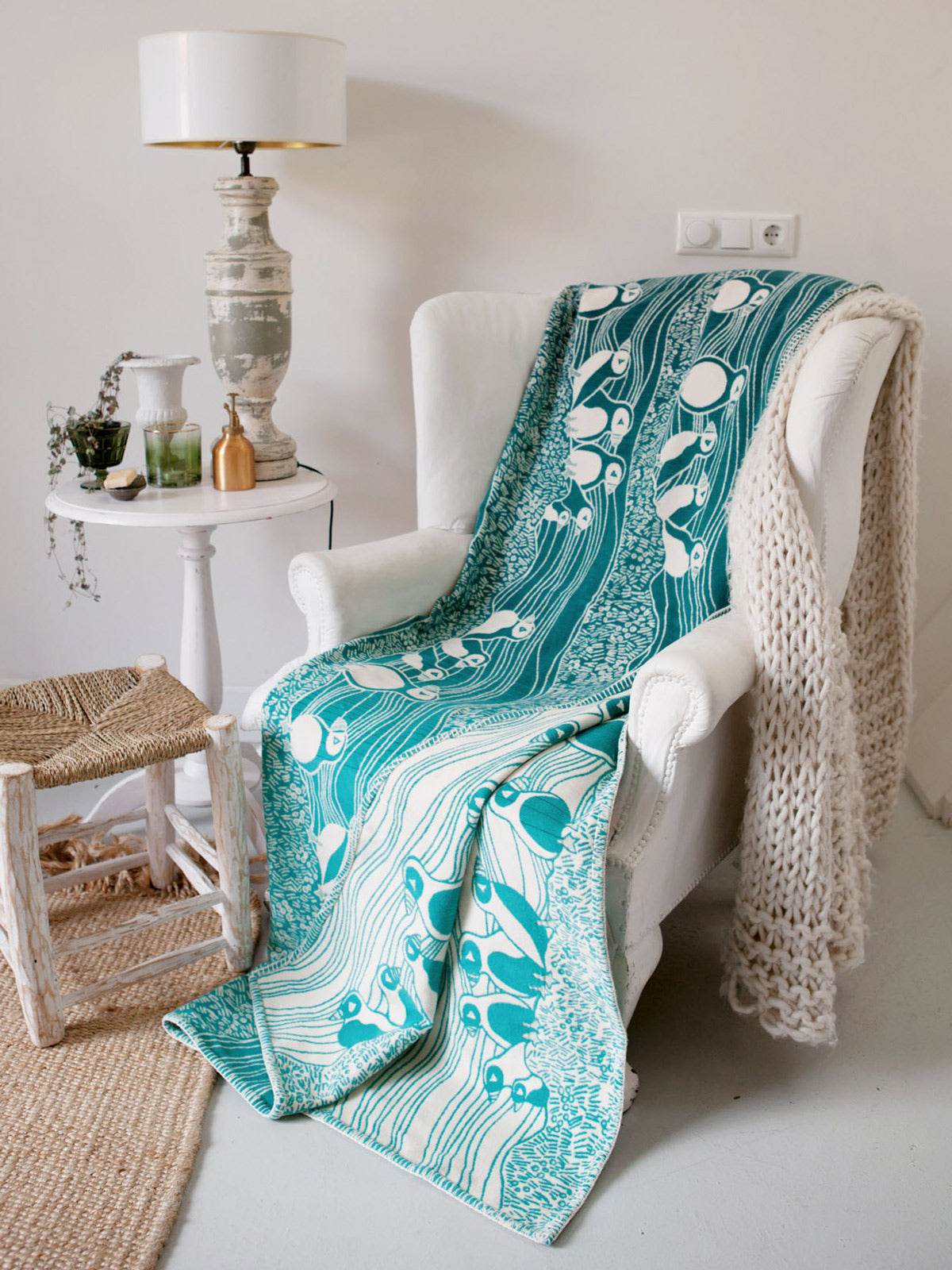
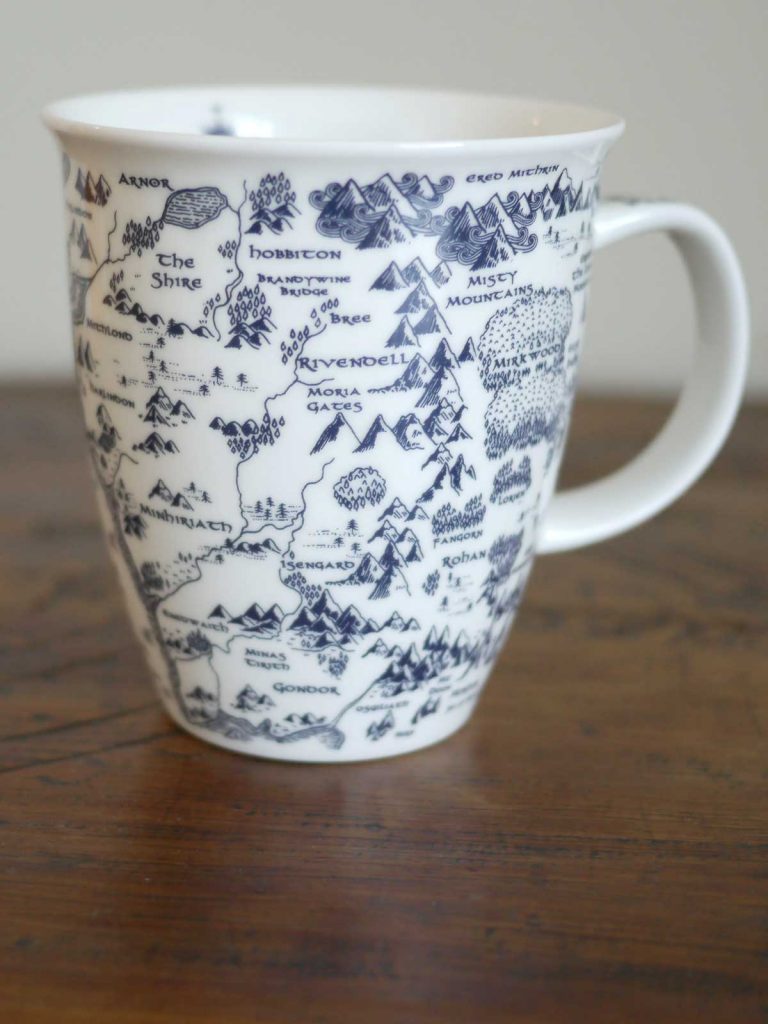
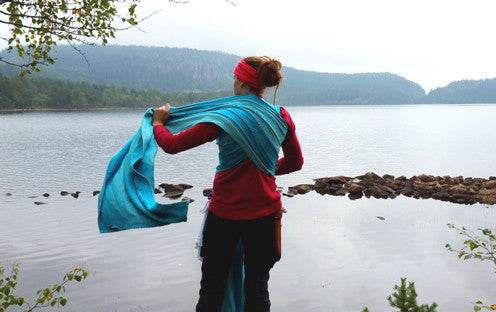
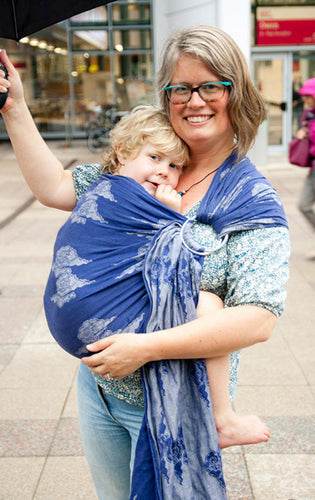
 https://oschaslings.com
https://oschaslings.com